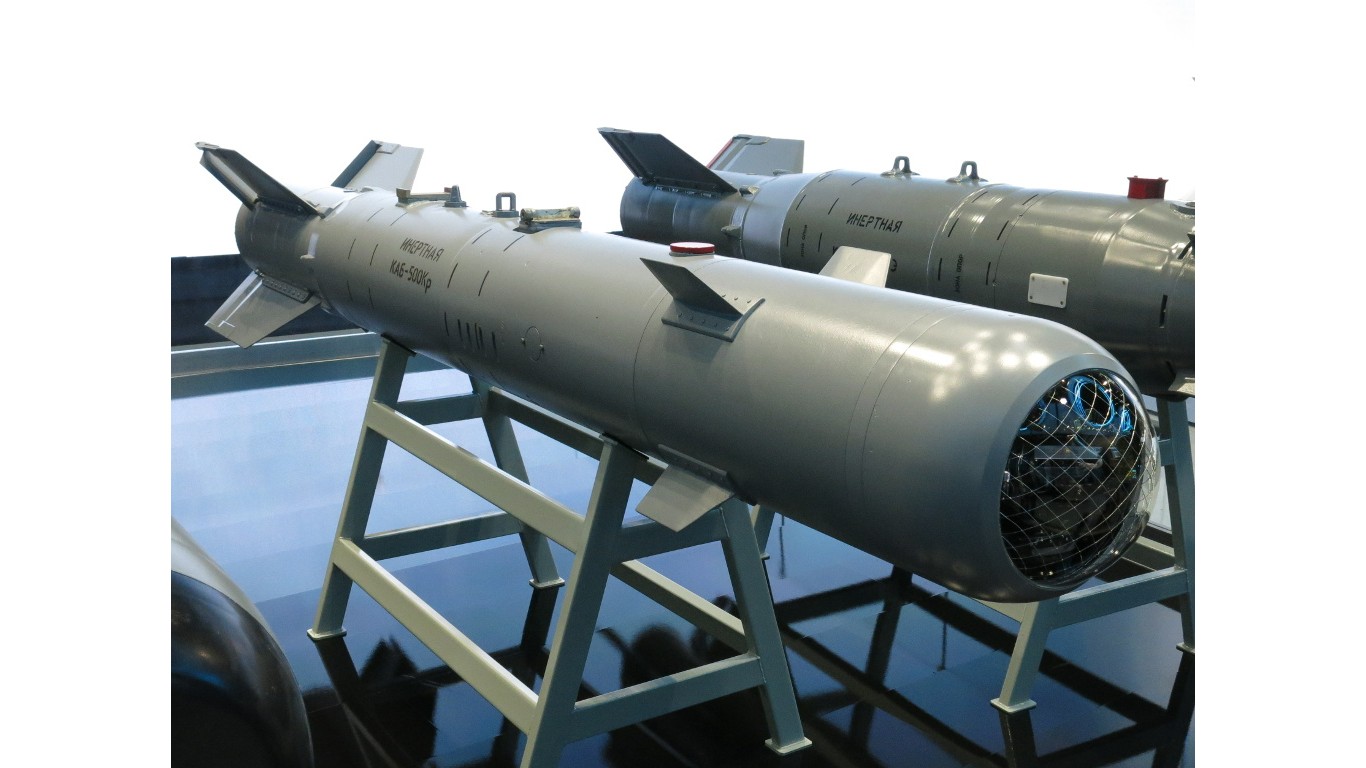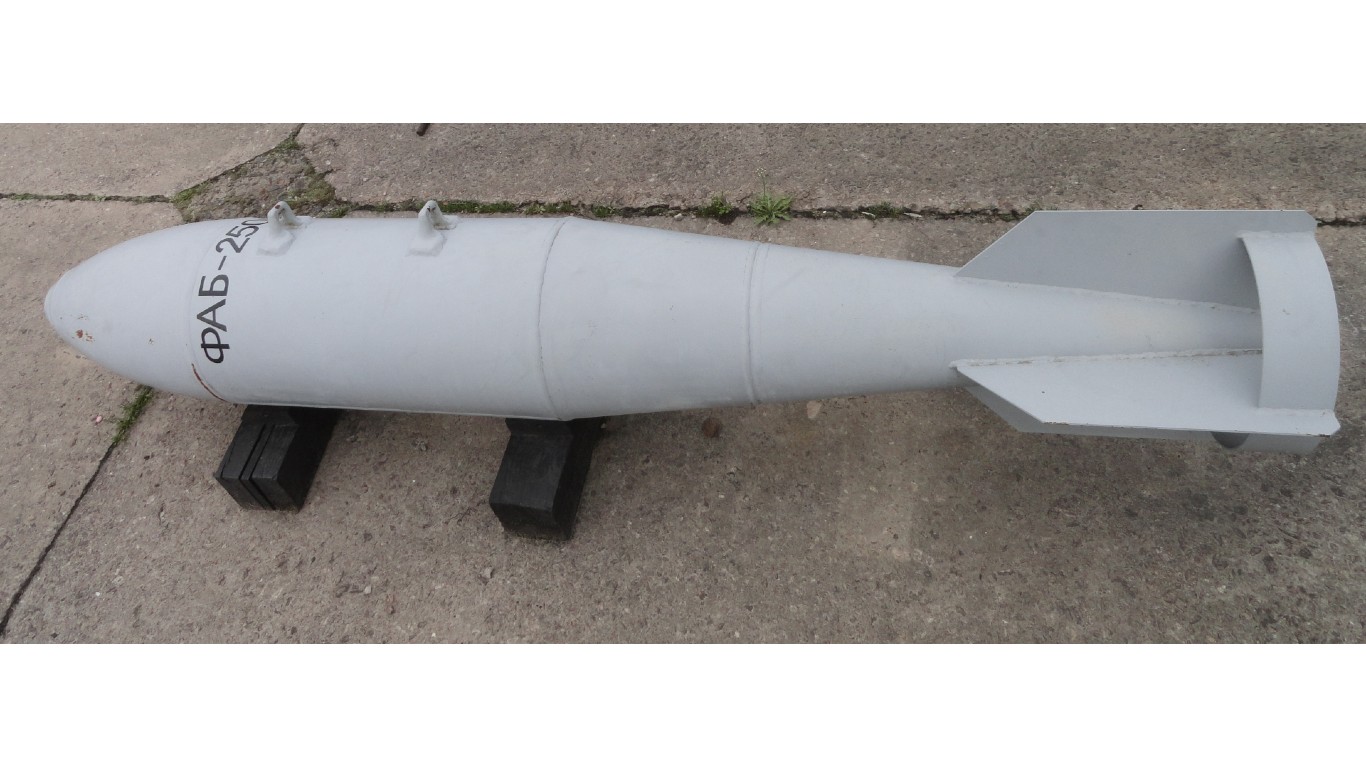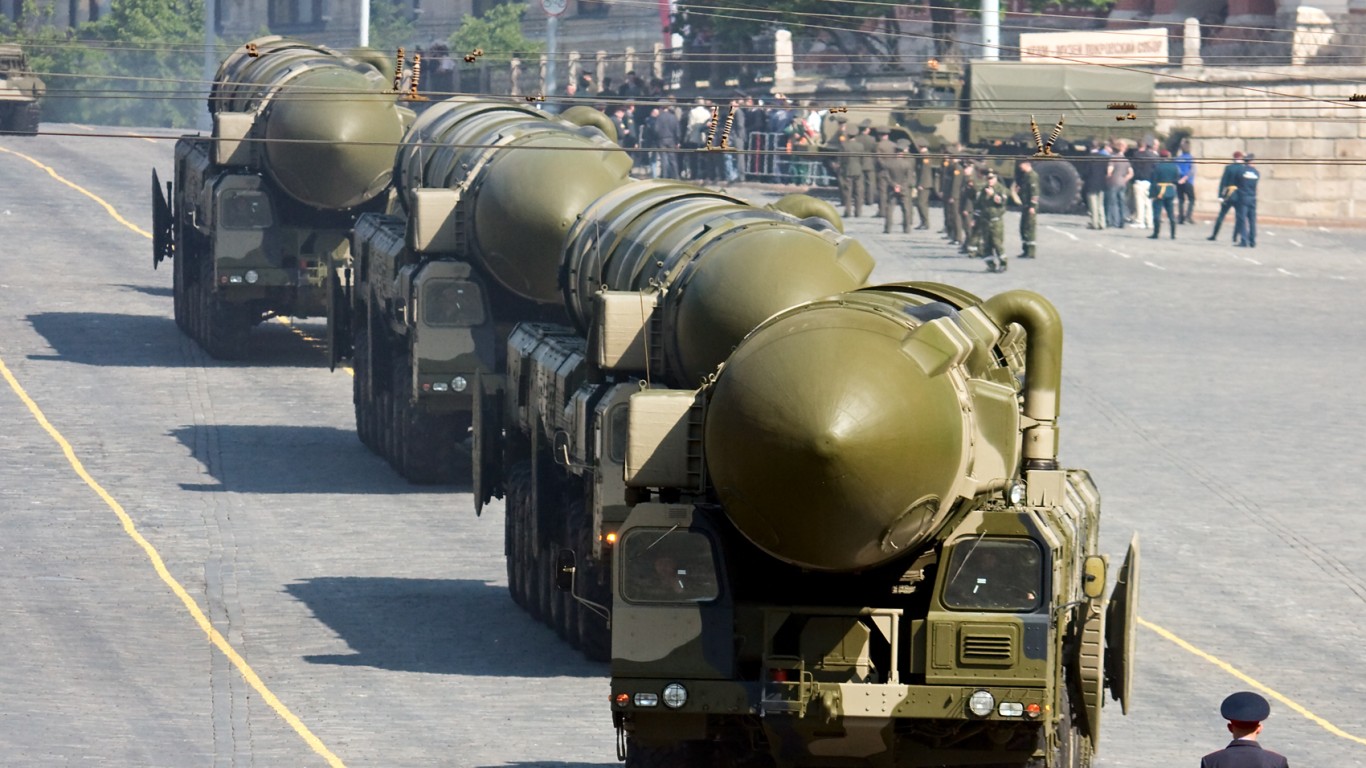
Earlier this year, Russia suspended its last remaining nuclear treaty with the United States. This prompted some to fear that president Vladimir Putin is considering the possibility of using atomic warfare in its increasingly drawn-out invasion of Ukraine, which is stretching well into its second year, with no clear end in sight.
Nuclear bombs are not the only option Russia has. Within its arsenal, Russia can deploy incendiary, chemical, and precision-guided armaments. Not all do physical damage. The country’s leaflet bombs drop propaganda material in a form of psychological warfare that serves to demoralize, threaten, and disseminate disinformation. (Check out the bombs and missiles used by the U.S. military.)
While leaflet bombs do not cause physical harm, most other Russian bombs do. Perhaps the most ominous of Russia’s bombs is the so-called “Father of all bombs” or a vacuum bomb. Also known as a thermobaric weapon, the vacuum bomb sucks oxygen from the air, enabling its fiery blast to last longer than a conventional bomb. It’s also capable of vaporizing human bodies.
Russia reportedly used a cluster bomb to attack a preschool in northeastern Ukraine in February. And Ukraine’s ambassador to the U.S. told Congress members Russia had also deployed a vacuum bomb in the recent conflict, though that has yet to be confirmed. International human rights organizations have condemned the use of cluster bombs and vacuum weapons. (Find out also about the most common ships and submarines in the Russian navy.)
Though not on the list, Russia’s arsenal of precision-guided munitions is limited, GlobalSecurity.org notes, and that is likely because of the high cost of such munitions. The advanced navigation and targeting systems in the bombs make them very costly to produce.
Click here to see 20 biggest bombs in Russia’s military arsenal.
20. KHAB
> Type: Chemical
> Weight: 25 kg – 200 kg
[in-text-ad]
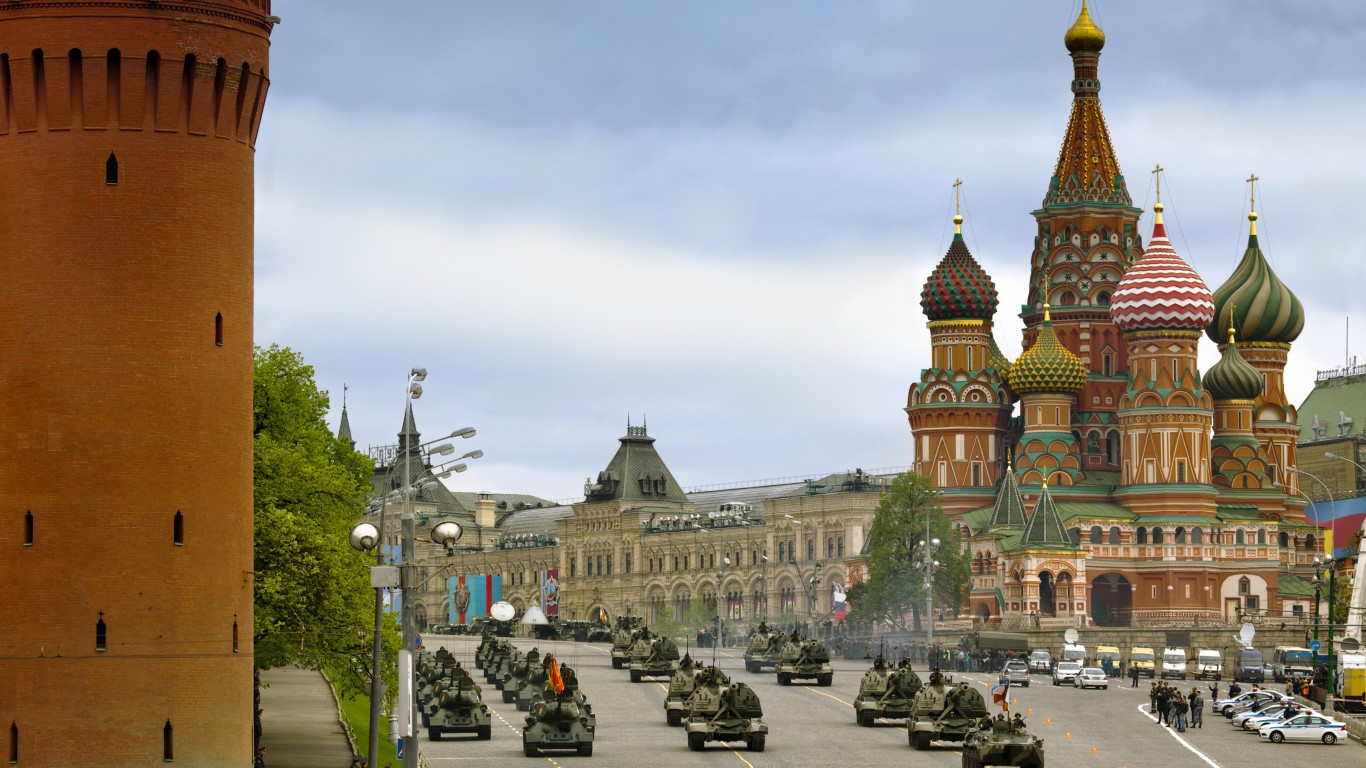
19. SAB
> Type: Illumination
> Weight: 250 kg (tied)
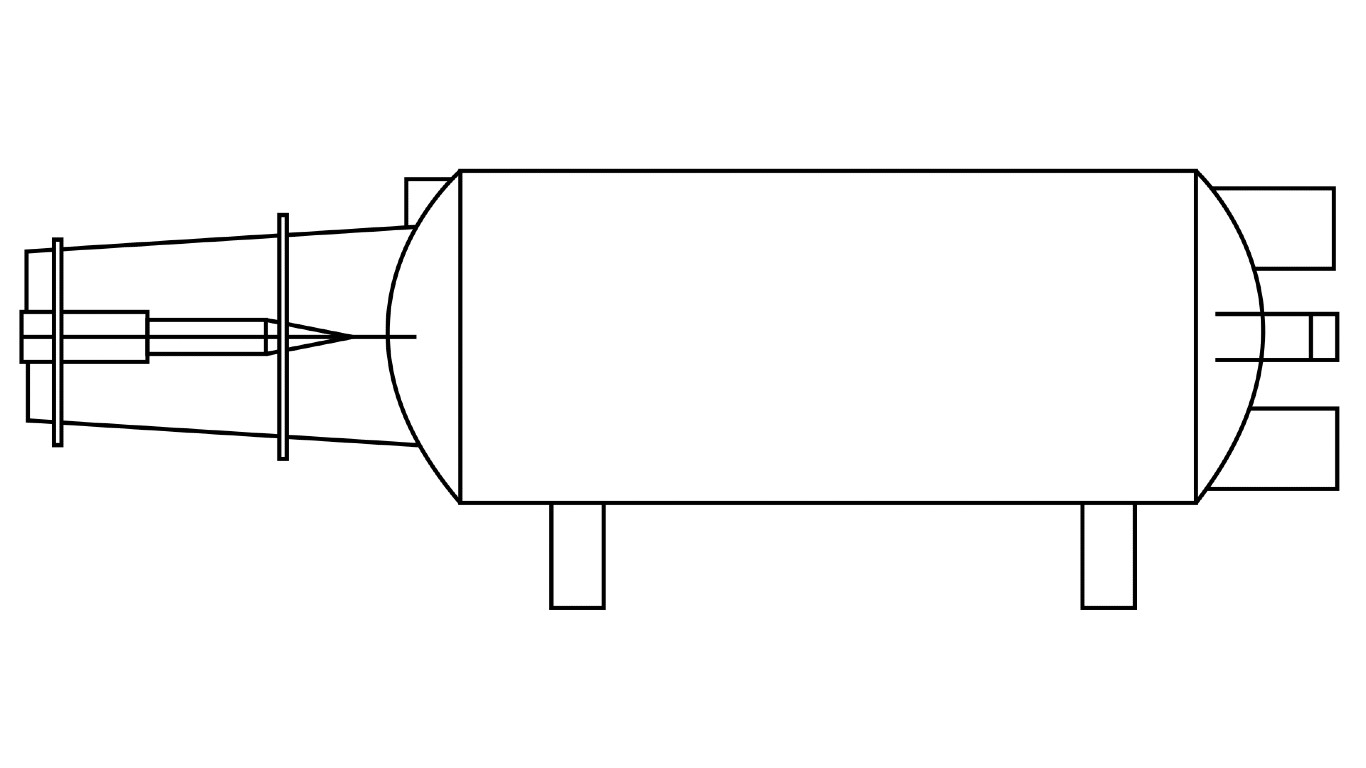
18. FOTAB
> Type: Photoflash
> Weight: 100 kg – 250 kg (tied)
17. ZAB
> Type: Incendiary
> Weight: 300 kg
[in-text-ad-2]
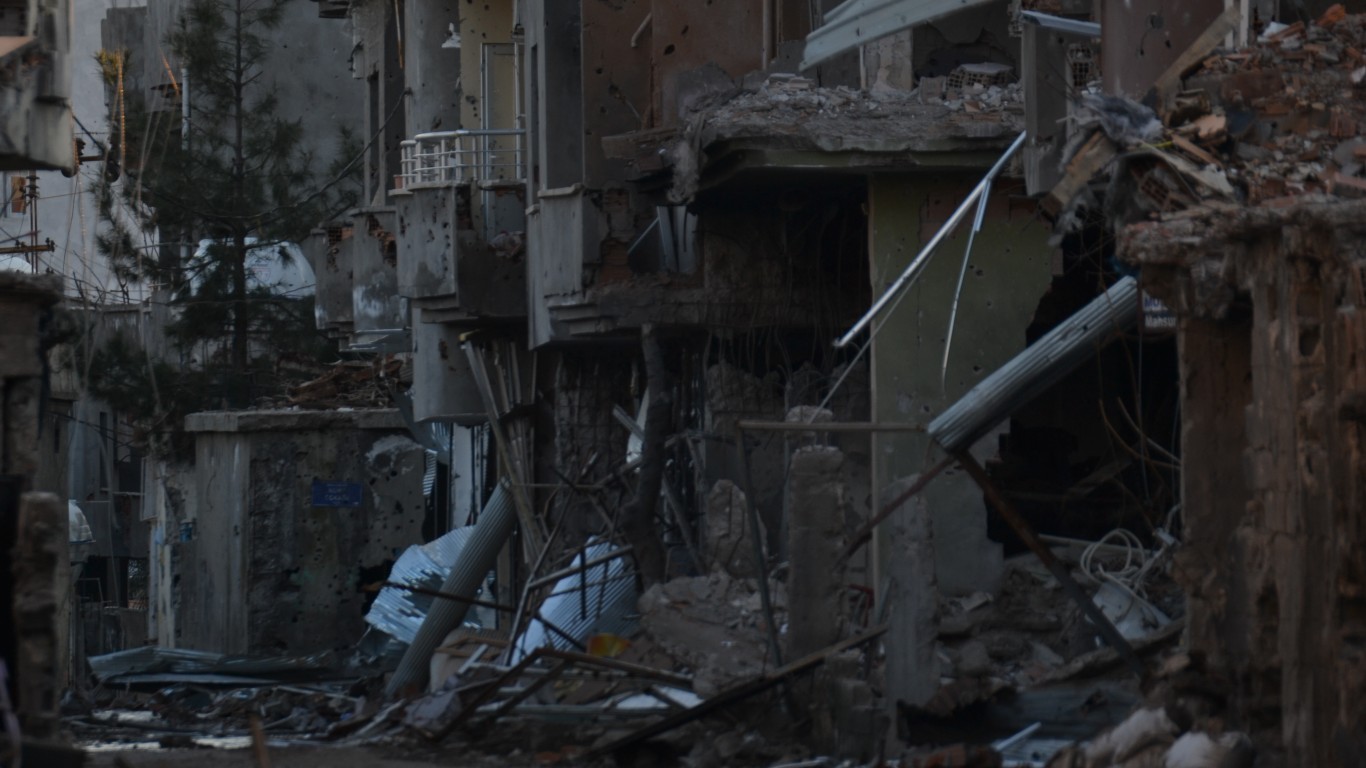
16. BETAB
> Type: Target penetration runway denial
> Weight: 478 kg
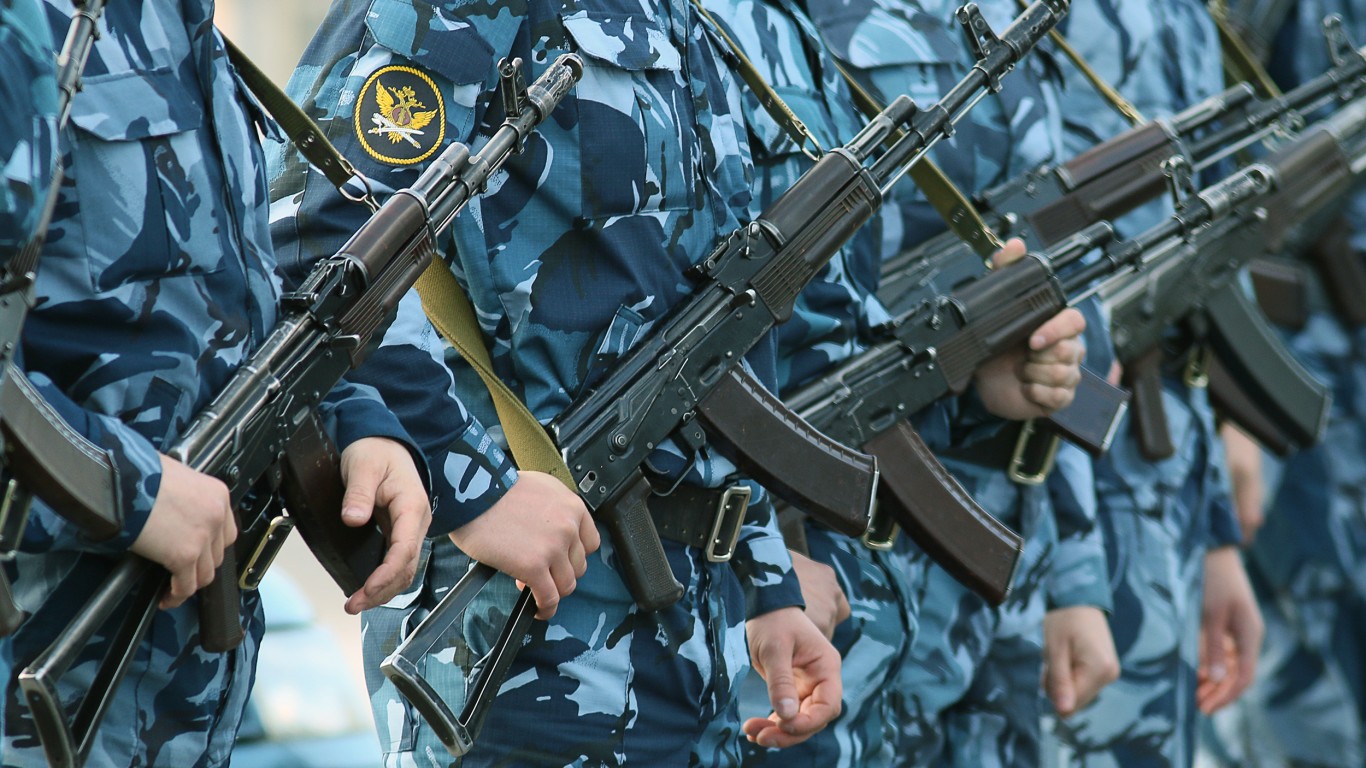
15. ZB
> Type: Incendiary
> Weight: 500 kg (tied)
[in-text-ad]
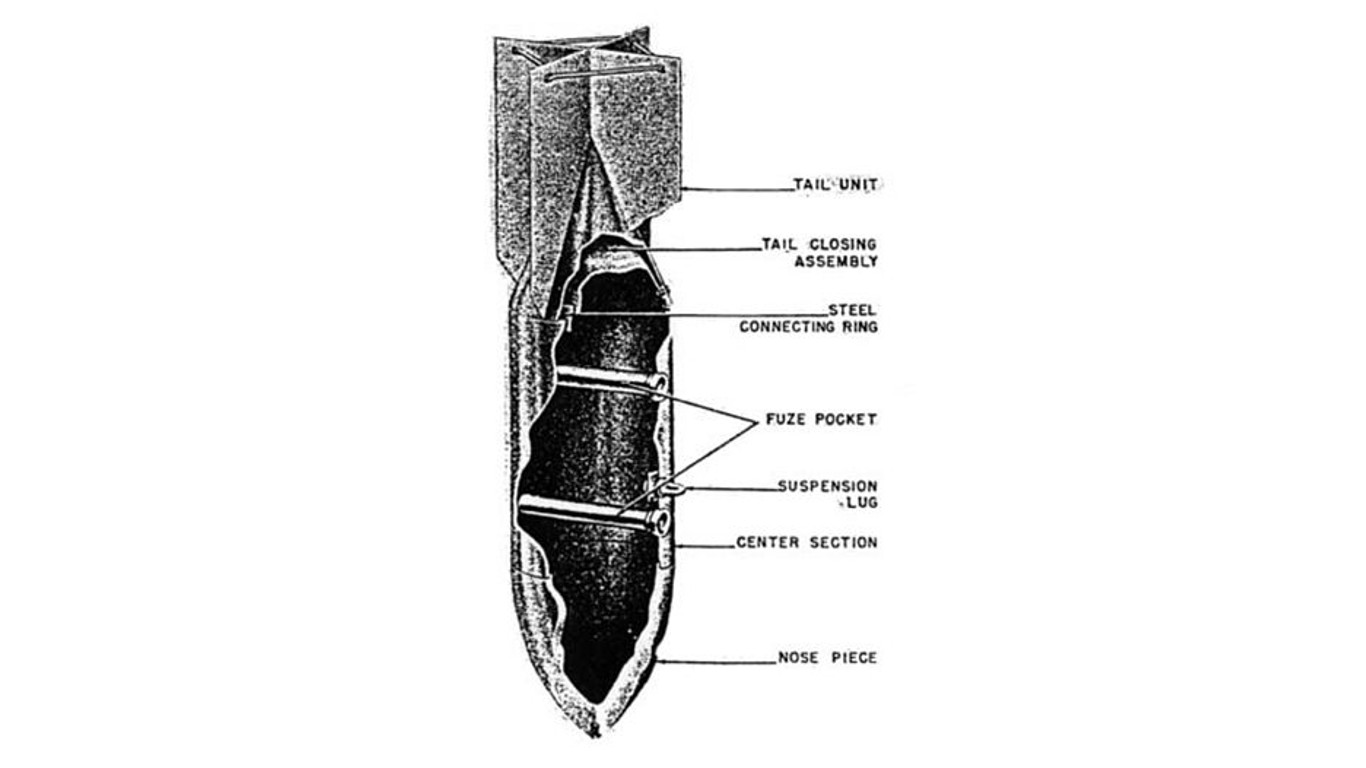
14. ST
> Type: Incendiary tank
> Weight: 500 kg (tied)
13. SPBE
> Type: Single cluster bomb sub-munition
> Weight: 500 kg (tied)
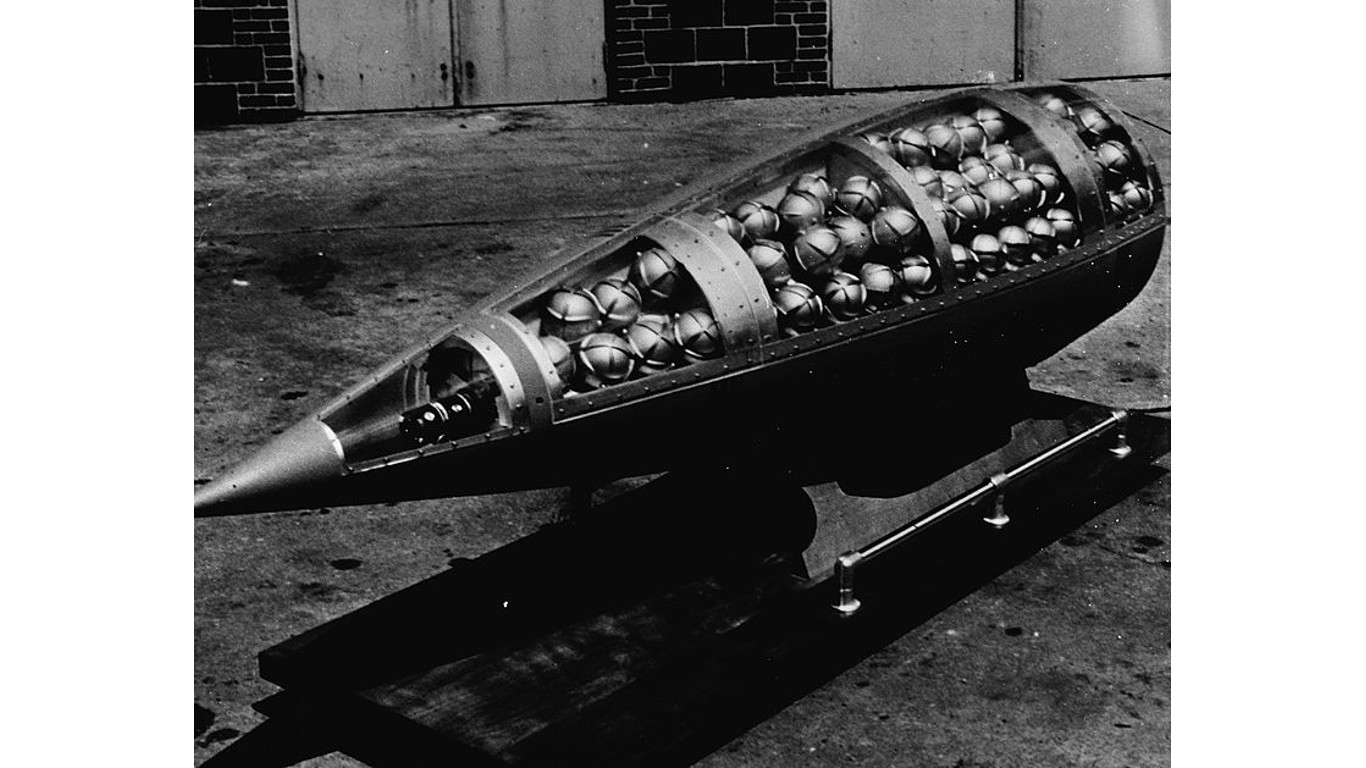
12. RBK
> Type: Cluster bomb, Glonass guided
> Weight: 500 kg (tied)
[in-text-ad-2]
11. OFZAB
> Type: High explosive incendiary
> Weight: 500 kg (tied)
10. ODAB
> Type: Space-bomb [fuel air explosive]
> Weight: 500 kg (tied)
[in-text-ad]

9. FZAB
> Type: High explosive incendiary
> Weight: 500 kg (tied)
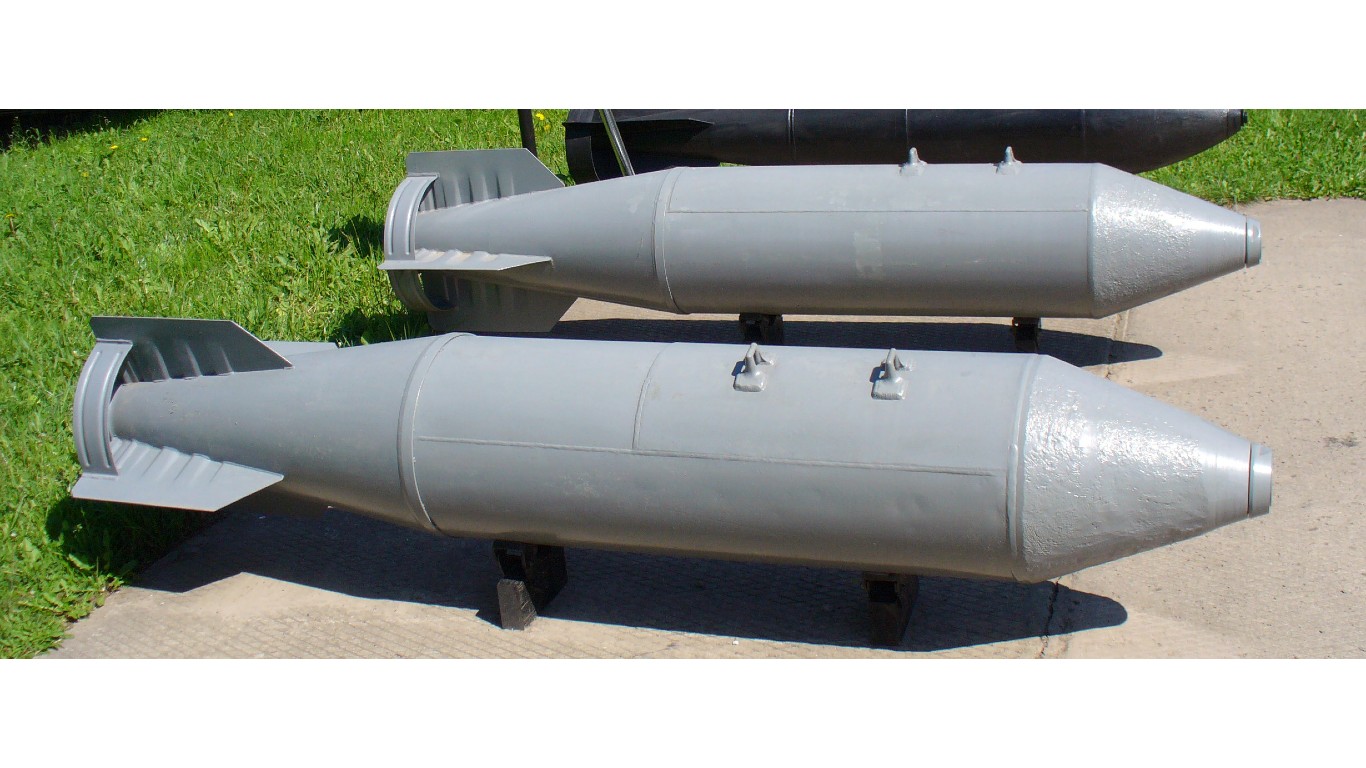
8. AGITAB
> Type: Leaflet
> Weight: 500 kg (tied)
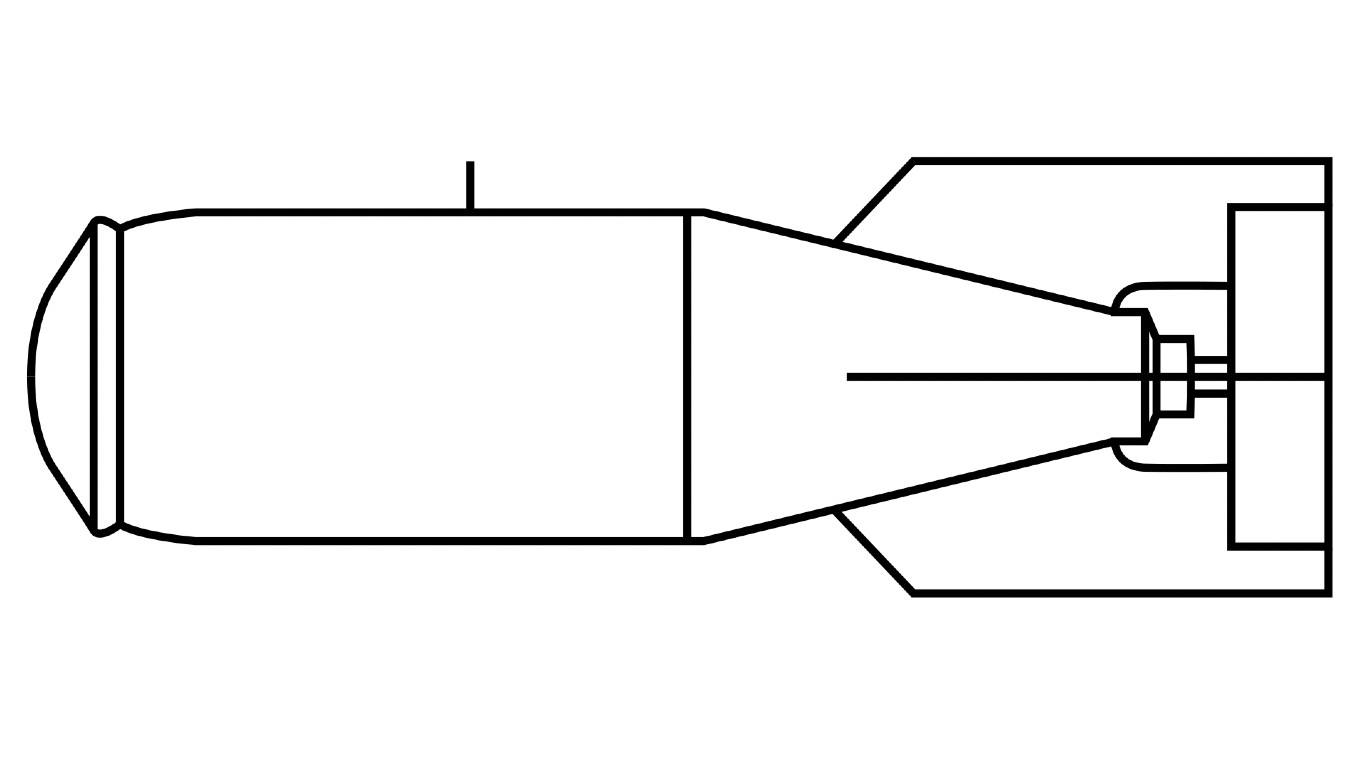
7. OFAB
> Type: Frag, high explosive, thermobaric bomb, universal bomb
> Weight: 100 kg – 500 kg (tied)
[in-text-ad-2]
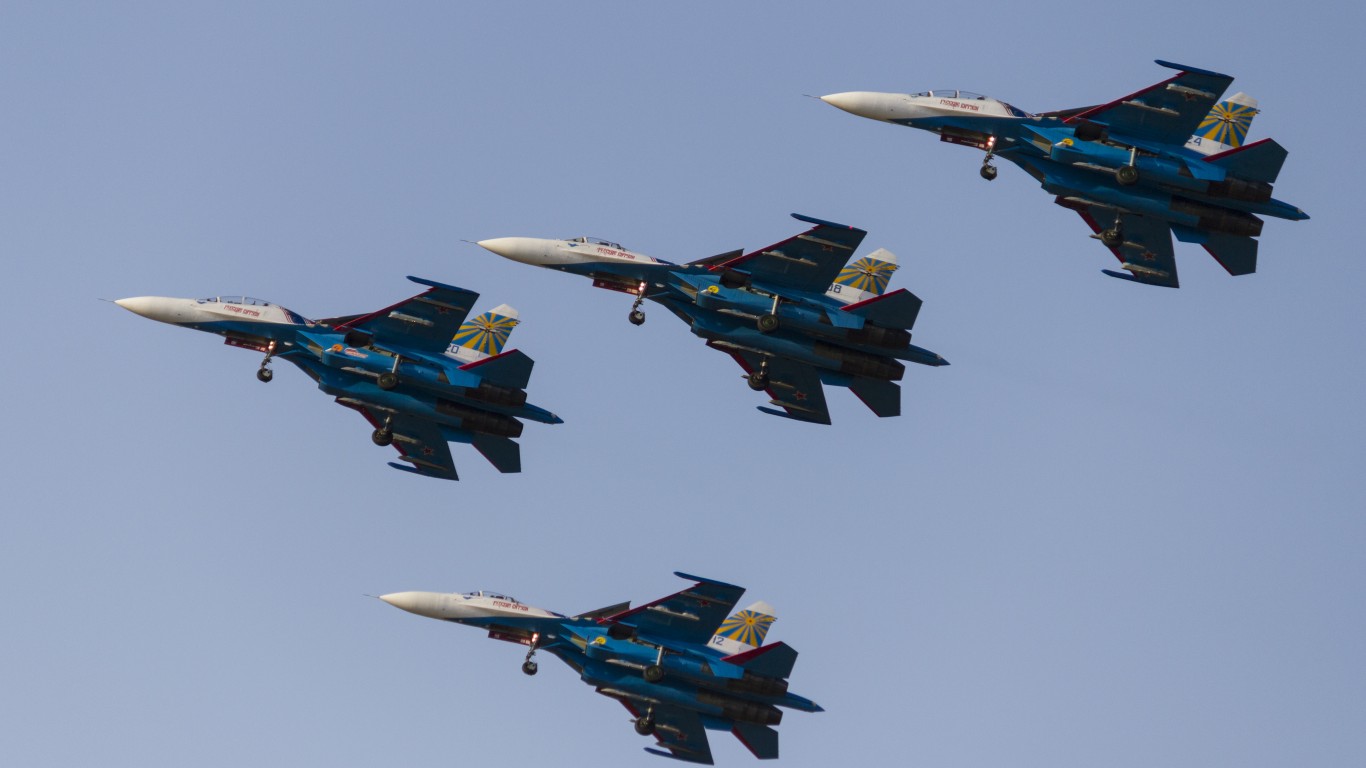
6. BRAB
> Type: Armor piercing
> Weight: 200 kg – 1000 kg
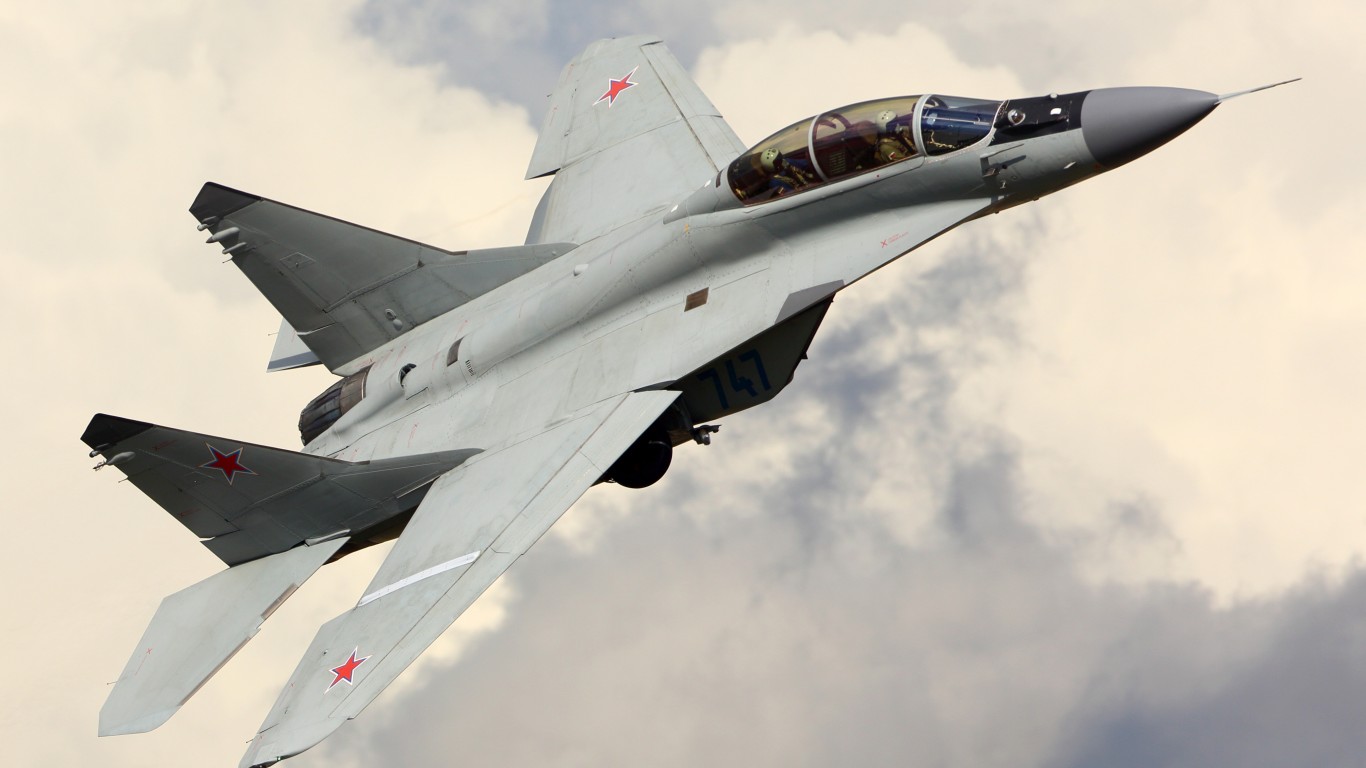
5. UPAB
> Type: Precision-guided bomb
> Weight: 1500 kg (tied)
[in-text-ad]
4. KAB
> Type: Precision-guided, laser-guided, corrected bomb, TV-command guidance
> Weight: 250 kg – 1,500 kg (tied)
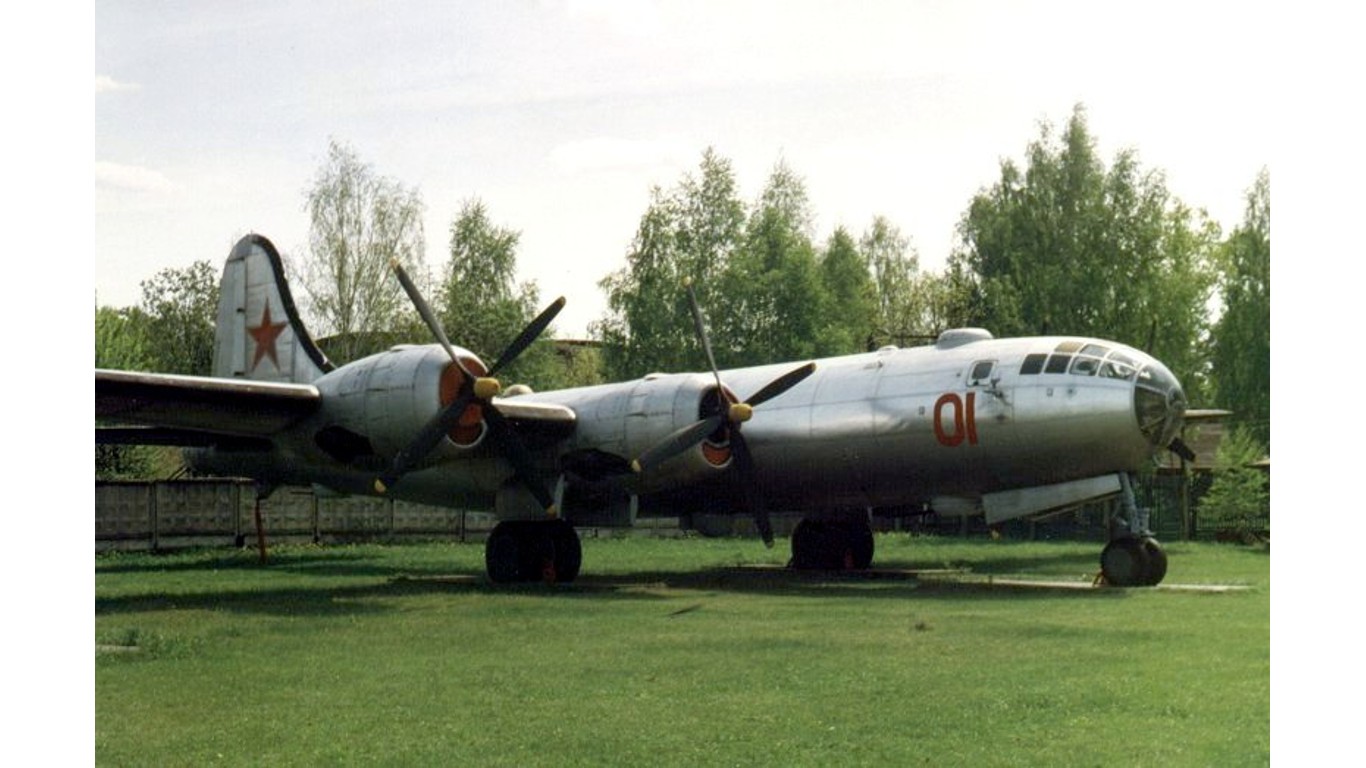
3. UB
> Type: Condor TV or radio-controlled, Chaika radio-controlled
> Weight: 2,000 kg – 5,000 kg

2. AVBPM
> Type: “Father of All Bombs” [vacuum bomb]
> Weight: 7,100 kg
[in-text-ad-2]
1. FAB
> Type: High explosive, general purpose,
> Weight: 250 kg – 9,000 kg
Get Ready To Retire (Sponsored)
Start by taking a quick retirement quiz from SmartAsset that will match you with up to 3 financial advisors that serve your area and beyond in 5 minutes, or less.
Each advisor has been vetted by SmartAsset and is held to a fiduciary standard to act in your best interests.
Here’s how it works:
1. Answer SmartAsset advisor match quiz
2. Review your pre-screened matches at your leisure. Check out the advisors’ profiles.
3. Speak with advisors at no cost to you. Have an introductory call on the phone or introduction in person and choose whom to work with in the future
Thank you for reading! Have some feedback for us?
Contact the 24/7 Wall St. editorial team.
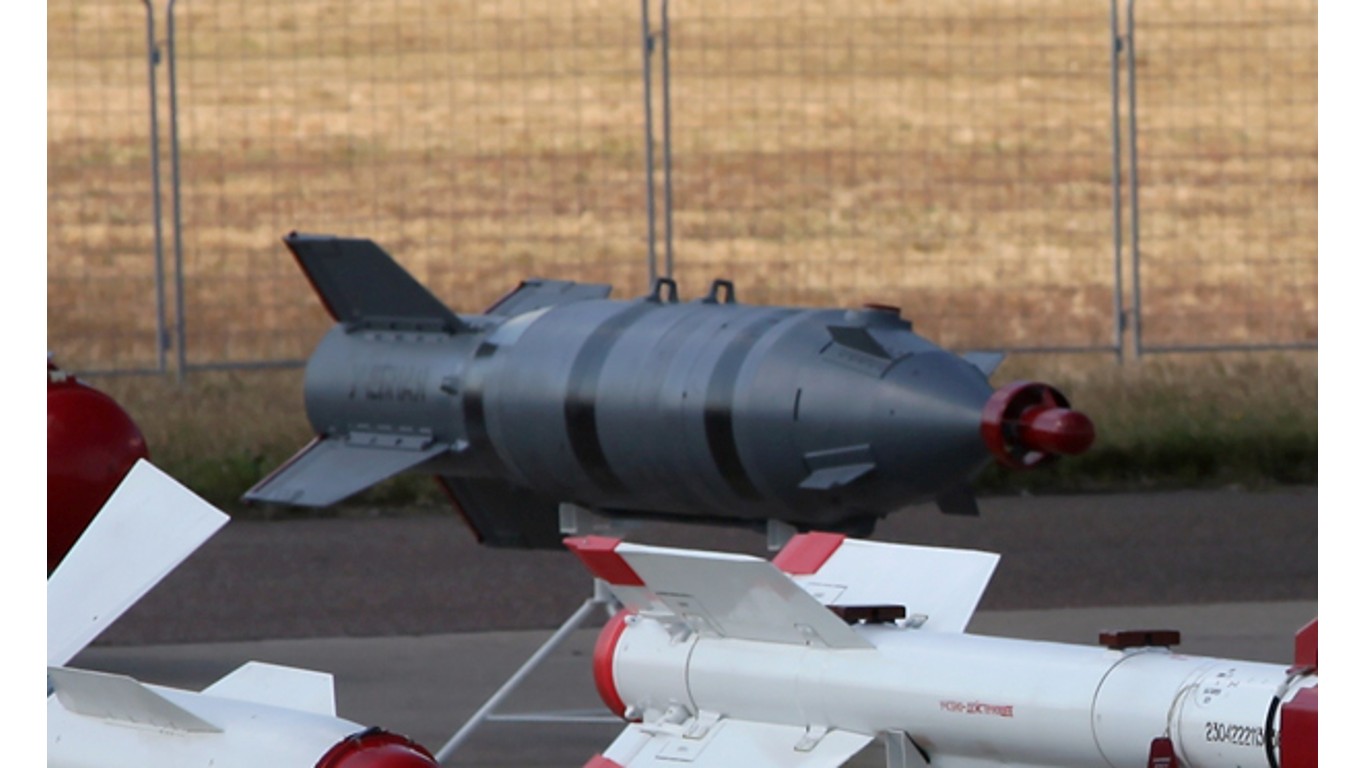


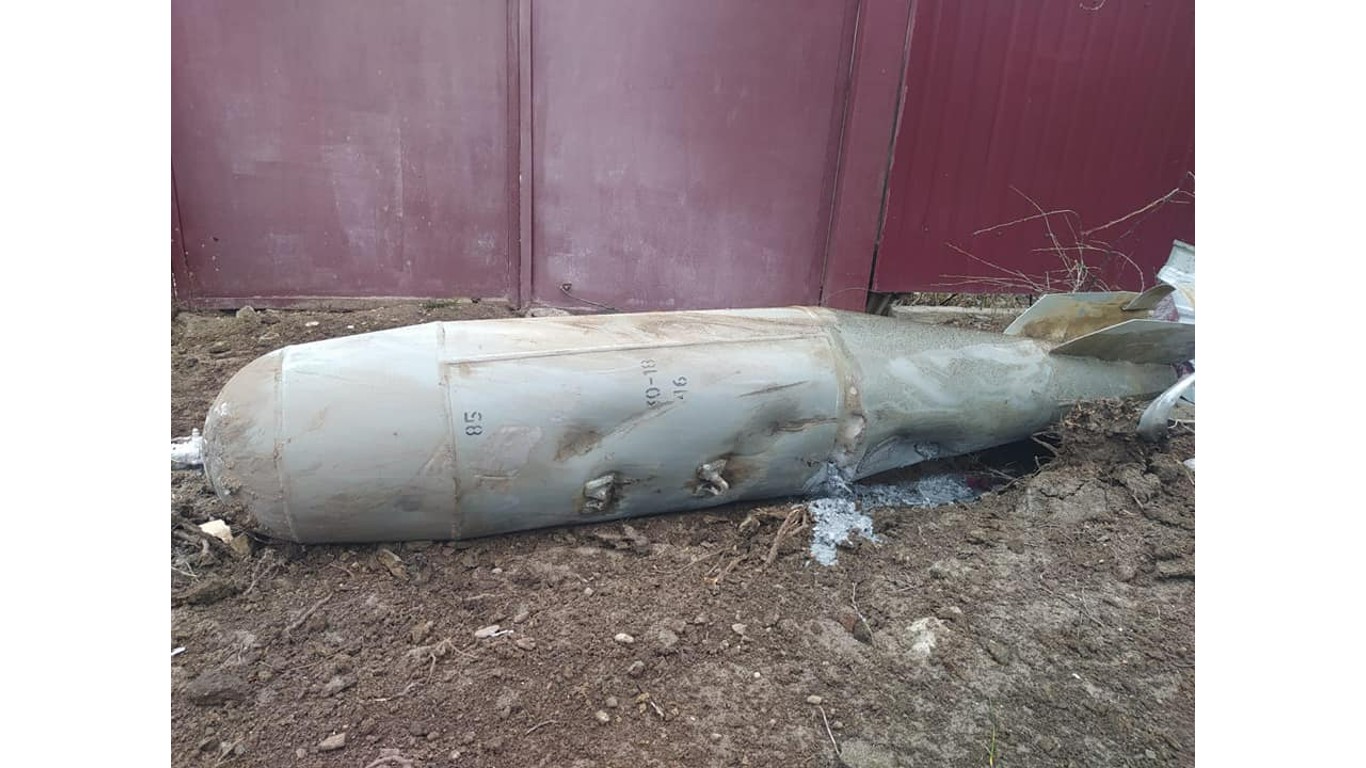
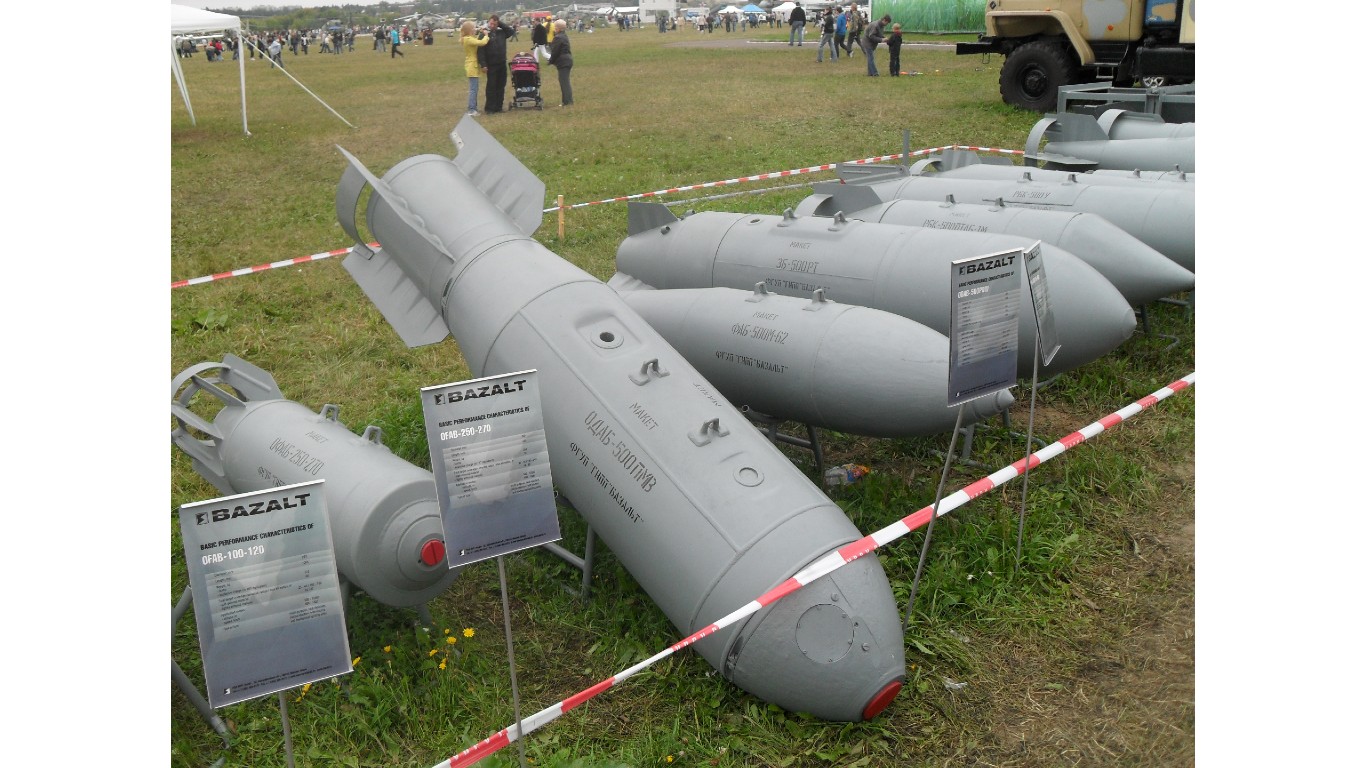
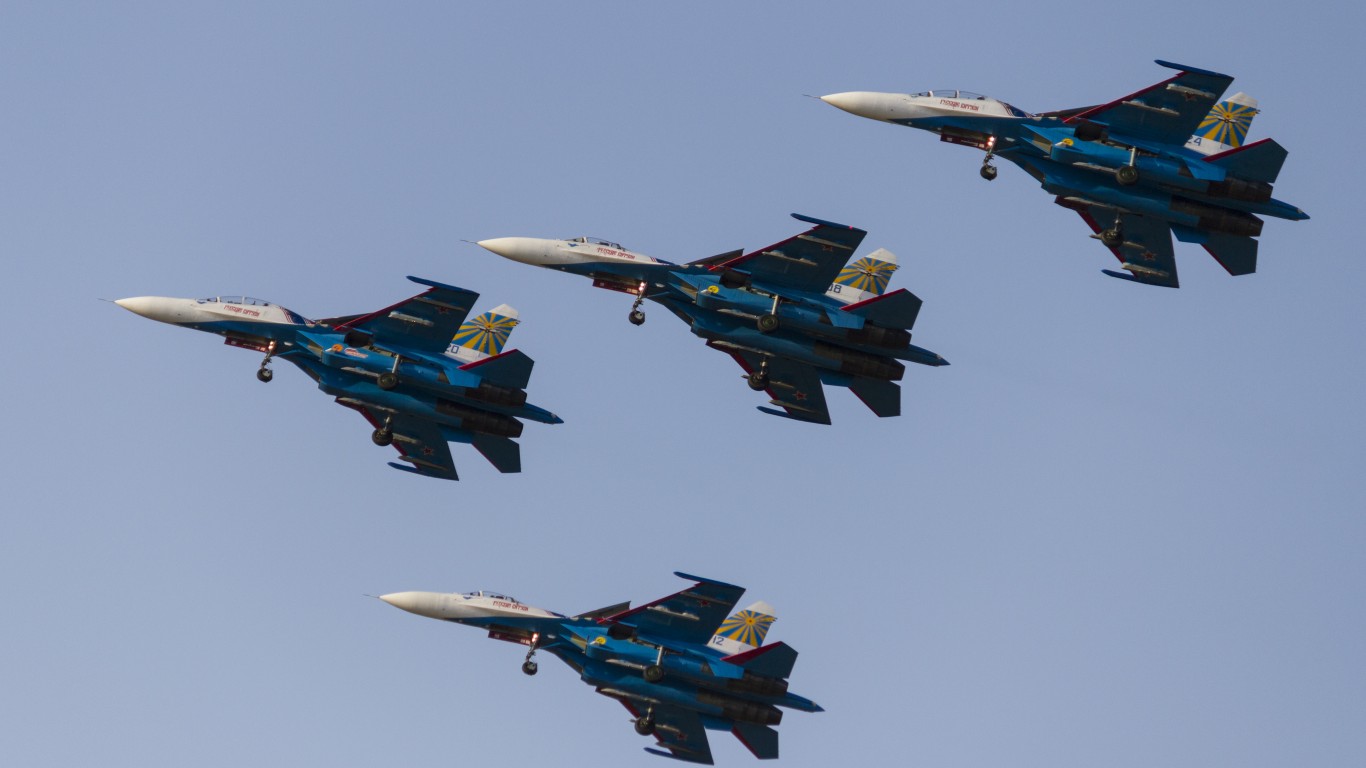 24/7 Wall St.
24/7 Wall St.